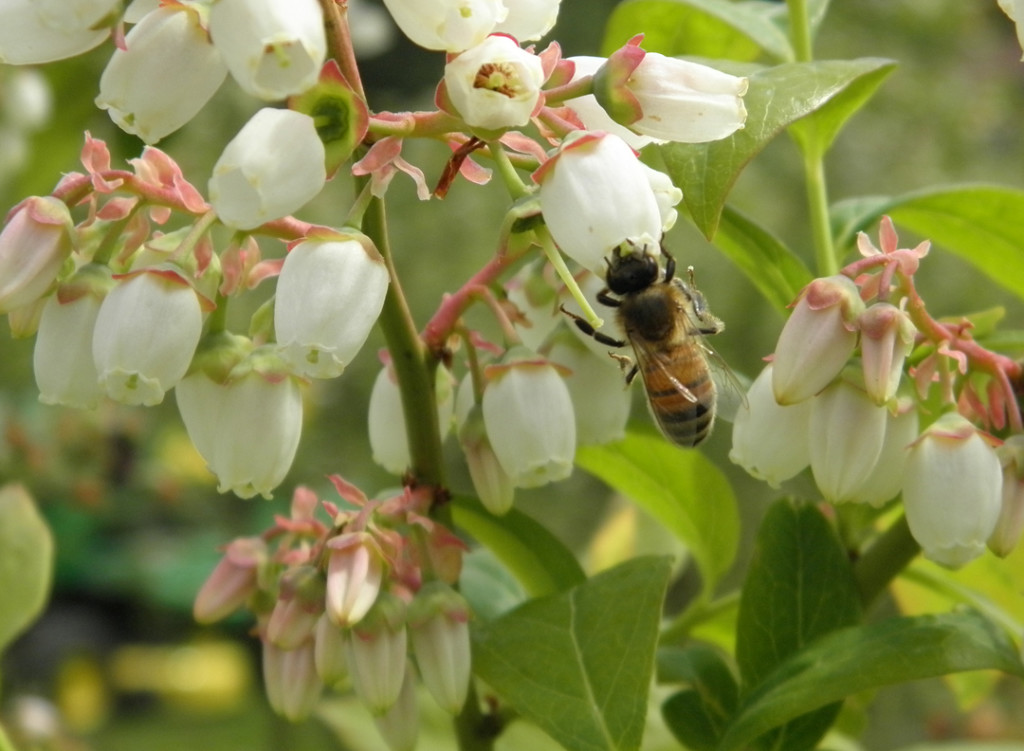National Pollinator Week June 20-26
If you have listened to news reports over the last few years, you probably know that pollinators are in trouble. They have had a serious decline in population due to habitat loss and chemical issues. Now that we know this, let us take some time to fill in the specifics of how we can provide good habitat for pollinators.
Consider some of these ways to make your pollinator garden or patch the most successful habitat possible!
Grouping
Plant a grouping of the same flowering plant that measures at least three feet in diameter. A block of flowers provides several benefits such as requiring less energy for the bee or other pollinator to fly from flower to flower. Brightly colored groupings are easier to spot when a pollinator is looking for food. In addition, it gives you a better chance for you to provide enough food to sustain the pollinator population present at your location.
Distance
You may not have considered this, but not all bees can fly the same distance. Small bees such as the sweat bee may fly no more than 200 yards, whereas a large bee such as a bumble bee is able to fly a mile or more. Therefore, it makes sense to have your pollinator patches near the crops you want to have pollinated. Berry fields or backyard apple tree, it makes no difference because the concepts are the same!
Diversity
Diversity is the key to pollinator habitat! Because there is a difference in physical features, not all pollinators can access the nectar and pollen of every flower. Differences in size, length of tongue, and mouthparts all dictate what types of flower can provide food for a pollinator. Bumble bees are large enough to push their way into a complex flower, but a pollinator such as a fly with short mouthparts will require a small, open flower such as yarrow or a daisy.
You should plan for a variety of flower size, shape, color, and height in your planting. Include plants with tubular flowers and complex flowers like tall lobelia and lupine; throw in some simple flowers such as asters and cosmos. Try plants that are low to the ground plants such as alyssum, medium size plants such as lavender and Echinacea and tall plants such as sunflowers. Do not forget flowering shrubs such as ceanothus and red flowering currants!
One last important detail to remember…make sure something is blooming all season long, from early spring to late fall. Your local pollinator will appreciate you!
To find out more about pollinators check out Attracting Native Pollinators , a Xerces Society Guide.

